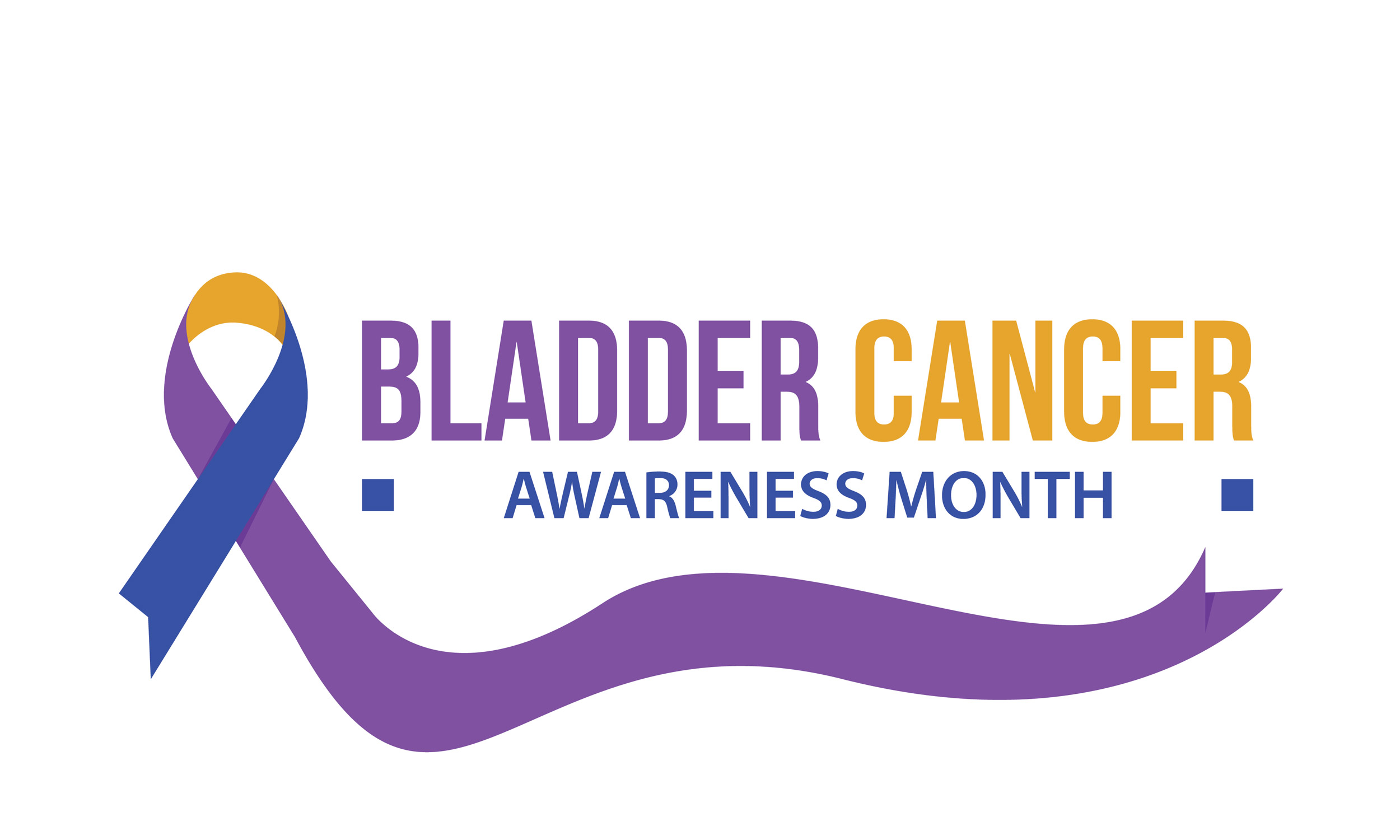
When Dr. Shaakir Hasan started analyzing the National Cancer Database’s records regarding bladder cancer diagnoses, he aimed to understand when the disease is typically detected and what level of care was given.
The intent was not to focus on race, gender, or whether a patient was insured. But the data spoke for itself.
The numbers reaffirmed what for decades has been believed to be true: Bladder cancer is disproportionately diagnosed at later stages in Black patients.
“Relative to white patients or Asian patients, for example, a Black patient is more likely to be diagnosed with muscle-invasive disease, which is more locally advanced, or metastatic disease, as opposed to early stage disease,” Hasan says in a March video on Urology Times. “That was kind of striking.”
Hasan served as the lead author of a paper on his findings, which he presented during the 2021 Genitourinary Cancers Symposium.
The data also revealed women and uninsured patients were also more likely to be diagnosed with bladder cancer at later stages of the disease. Hasan attributes this to anatomical differences; women may have ailments such as hematuria related to infections or menstruation cycles. This can lead to missed diagnoses.
“However, when you break it down by race, if you control it for gender, you still see a significant difference when it comes to the African-American race,” he said.
Hasan next looked into the treatment patients received once diagnosed. The standard of care, according to NCCN guidelines, can be either a cystectomy or bladder preservation with chemoradiation. But some urologists view cystectomy alone as the standard of care, Hasan said.
So, he and his team considered either option as standard of care, but even then still found Black patients received less therapeutic options, or “cancer-directed therapies,” at each stage of cancer compared with white and Asian counterparts.
In scouring the National Cancer Database (NCDB), Hasan and team identified 331,714 early, 72,154 muscle invasive, 15,579 locally advanced, and 15,161 metastatic cases. The NCDB is a joint program of hospital registries of the Commission on Cancer and the American Cancer Society. It includes data from more than 1,500 cancer treatment centers in the United States and Puerto Rico and contains about 29 million records from hospital cancer registries.
“In the largest study of its kind, we report that several socioeconomic, racial, and gender factors are associated with the diagnosis of bladder cancer at a later stage, as well as the use of less cancer-directed treatments,” they write in the study’s conclusion. “Further investigation is warranted to better characterize, and ultimately improve upon, health disparities in bladder cancer.”


